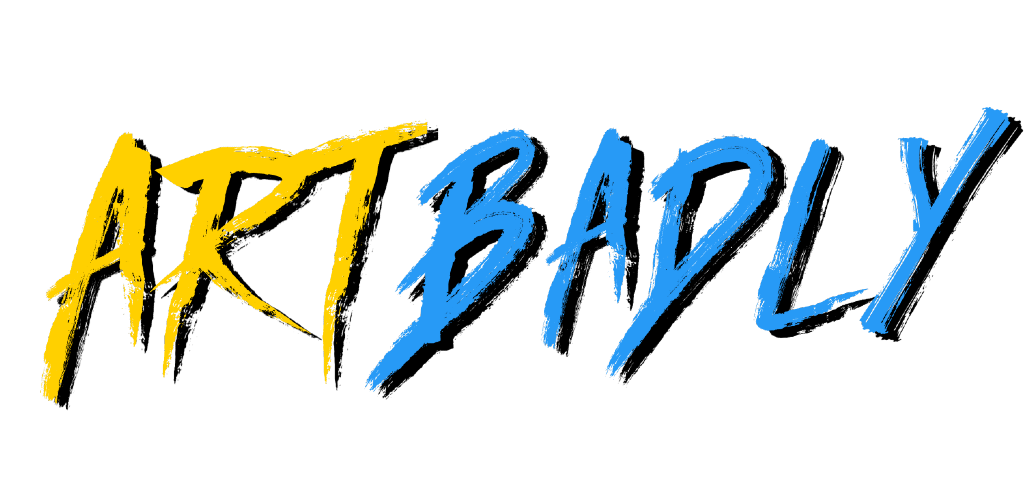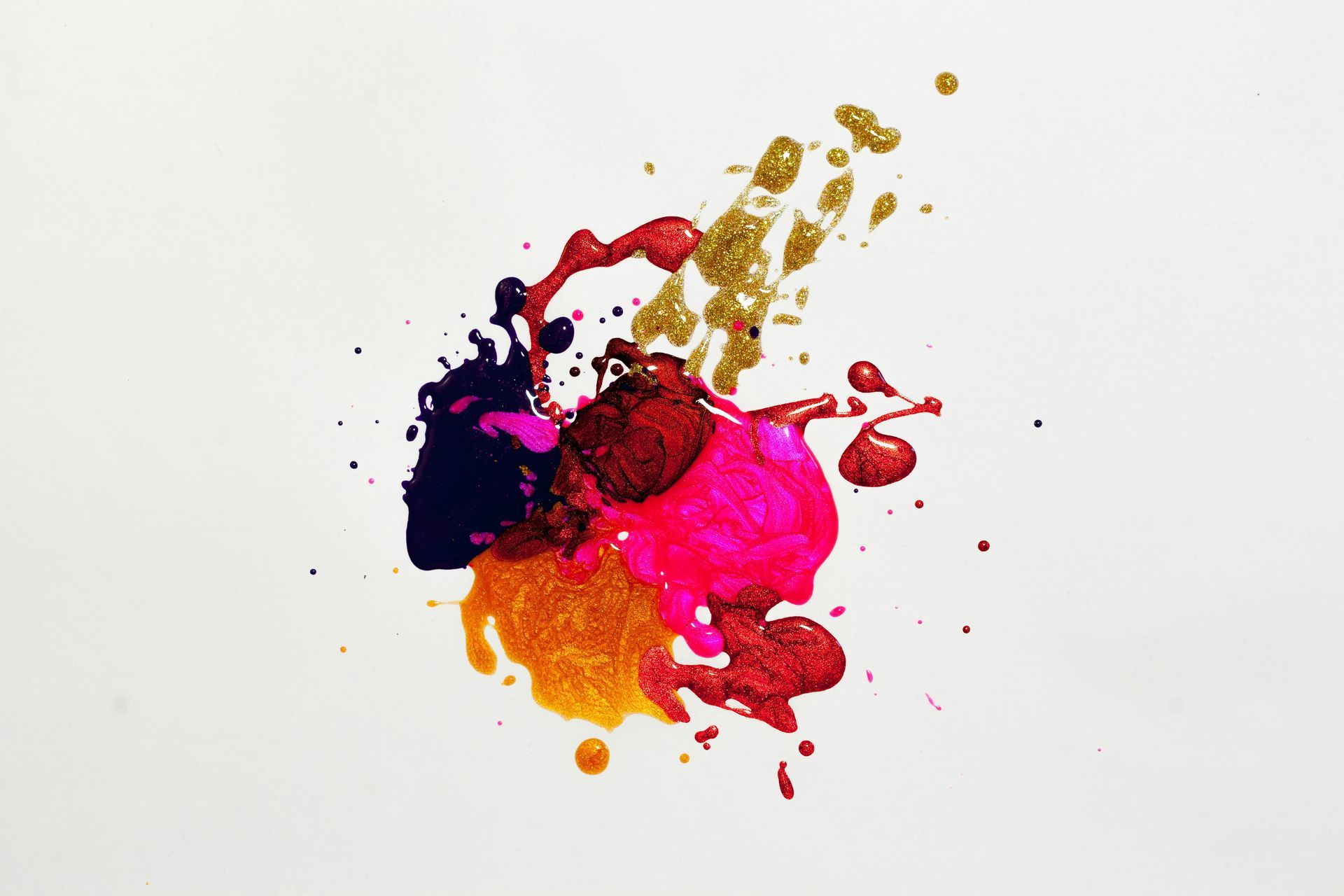PHILOSOPHY
My Approach
Want GOOD art?
= Make BAD art
Art Badly is the result of over 12,000+ hours of working with students & clients*
*yes, I did the math!
My experience has taught me that when it comes to learning, regardless of age, ability, or environment, two simple facts about learning are undeniably clear:
- In order to learn something, you must fail.
- In order to learn something, you must consider the whole person.
These two realizations inform my approach and focus.
My program – Art Badly – improves creativity by focusing on the whole person. You see, it is the whole person who creates.
This is why you won't find any "hacks" or "tips" here. No trends or fads, either. This is why I have a strong emphasis on journaling, self-reflection, and making bad art.
WHY YOU'RE STUCK
This is the

difference
Obliterate perfectionism by making bad art on purpose.
Yes, you read that right.
You'll learn to make your best art through making your worst art.
Here's the magic though: you'll be doing it with intention and guidance.
With these two things, intention and guidance, you'll be absolutely blown away by the art you create and the type of artist you'll realize that you really are.
This is what I mean when I say that I help artists unlock their True Artistic Voices and create art more meaningfully and more effortlessly than ever before.
HOW IT WORKS
Meet the Four Challenges
At heart, learning and improving is about problem solving. For creative types, we frame problems as creative challenges, and accept that creative challenges are no different than any other kind of challenge. Any challenge you face will fall into at least one of the following four categories:
okay...but why do
I have to make BAD ART?
To answer this question, we must circle back to the original core tenets of learning:
- In order to learn something, you must fail.
- In order to learn something, you must consider the whole person.
In order to do anything, you must actually do it. Paraphrasing Murphy's Law: anything that can be done, can be done incorrectly.
And so it follows that to improve anything, one must account for failure. But the problem here is more of an emotional & psychological one than intellectual or physical: that most people don't like to fail. Failure doesn't feel good.
Learning to make art badly on purpose addresses all four of our challenges: emotional, intellectual, physical, and psychological. By overcoming these barriers, you allow yourself to create from your whole self, not a version of yourself that you created to manage your ego.
It is only when you learn to make art from your whole self will you make your best art.
Still have questions?
I love open, honest, and clear communication. If you've got more questions, I'd love to answer 'em.



